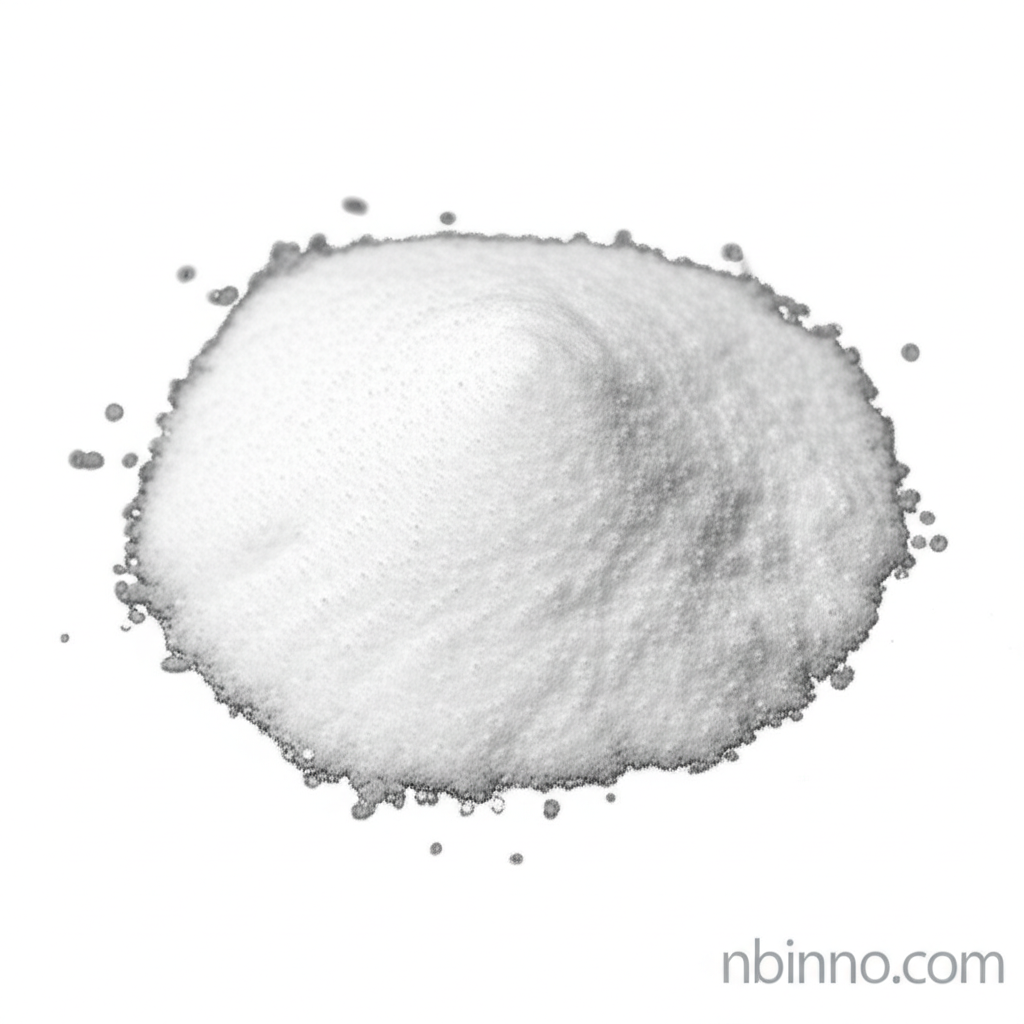Bis(1-adamantyl)-(2-morpholin-4-ylphenyl)phosphane: A Next-Generation Ligand for Catalysis
Revolutionizing cross-coupling with unparalleled efficiency and mild conditions.
Get a Quote & SampleProduct Core Value

Bis(1-adamantyl)-(2-morpholin-4-ylphenyl)phosphane
This advanced P,N-ligand, developed by the renowned Stradiotto group, stands out for its unique combination of steric bulk and electronic richness. Its specialized structure facilitates superior performance in a wide array of catalytic transformations, particularly palladium-catalyzed cross-coupling reactions, making it an indispensable tool for modern organic synthesis.
- Facilitating Palladium-Catalyzed Cross-Coupling Reactions: This ligand significantly enhances the efficiency of palladium-catalyzed cross-coupling reactions, including the challenging Buchwald-Hartwig amination of ammonia and hydrazine with sterically hindered aryl chlorides, enabling low catalyst loading and mild conditions.
- Enabling Alkyne Hydroamination: It is also a key P-N ligand for gold-catalyzed stereoselective hydroamination of internal alkynes with dialkylamines, leading to the formation of valuable E-amines.
- Optimizing Ketone Monoarylation: The ligand proves effective in Pd-catalyzed mono-α-arylation of ketones, working with various aryl halides, mesylates, and tosylates, showcasing its versatility in complex synthetic pathways.
- Driving Innovation in Ligand Design: As a product of meticulous ligand design, Bis(1-adamantyl)-(2-morpholin-4-ylphenyl)phosphane represents a significant advancement in enabling difficult chemical transformations with unprecedented control and yield.
Key Advantages and Benefits
Exceptional Reactivity
Leverage the power of Bis(1-adamantyl)-(2-morpholin-4-ylphenyl)phosphane to achieve high yields in demanding reactions, simplifying complex synthetic routes.
Mild Reaction Conditions
Benefit from lower temperatures and pressures, reducing energy consumption and minimizing side reactions, crucial for sensitive substrates.
Versatile Application Scope
From amination to arylation, this ligand's broad applicability across various catalytic processes makes it a cornerstone for diverse chemical synthesis needs.
Key Applications
Buchwald-Hartwig Amination
This ligand is instrumental in the Buchwald-Hartwig Amination reaction, facilitating the coupling of ammonia and hydrazine with a wide range of aryl halides, thereby supporting the synthesis of complex amines.
Alkyne Hydroamination
It serves as a vital P-N ligand in gold-catalyzed stereoselective hydroamination of internal alkynes with dialkylamines, a critical step in producing valuable E-amines.
Ketone Monoarylation
The ligand's role in Pd-catalyzed mono-α-arylation of ketones is significant, enabling the selective introduction of aryl groups onto ketone structures using various aryl sources.
General Cross-Coupling
Its robust performance extends to various other Pd-catalyzed cross-coupling reactions, offering high efficiency and selectivity for forming new carbon-carbon and carbon-heteroatom bonds.
